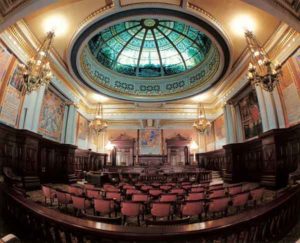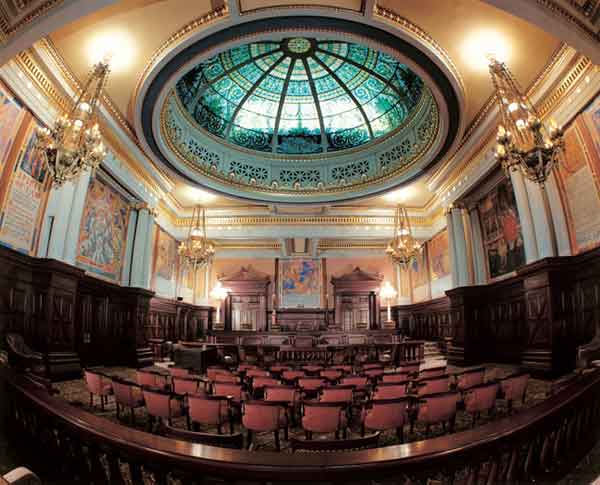Updates to Pennsylvania Legal Malpractice
Lawyers Beware Of What You Represent About Those You Represent
Counsel, beware when making representations.
The Pennsylvania Superior Court once again confirmed that professionals who provide information meant to be relied upon by third parties are exposed to liability to those third parties under a theory of negligent misrepresentation. Initially, this rule of law was limited to architects, but now all Pennsylvania professional providers of information are exposed to liability not only from their clients but also from third parties. This liability applies to lawyers, where until recently, counsel were only exposed to liability from their clients for malpractice.
 A review of the landscape is warranted. The seminal decision came down from the Pennsylvania Supreme Court in 2005 in the case Bilt-Rite Contractors v. The Architectural Studio. There, a contractor sued an architect for negligent misrepresentation of school designs, which caused inflated construction costs and overruns. Changing the landscape completely, the Supreme Court expressly adopted Section 552 of the Restatement (Second) of Torts. By doing so, liability in Pennsylvania may now be assigned to “one who, in the course of his business, profession or employment, or in any other transaction in which he has a pecuniary interest, supplies false information for the guidance of others in their business transactions … if he fails to exercise reasonable care or competence in obtaining or communicating the information.” Never before was it determined that a licensed professional in Pennsylvania could be liable to a third party for negligent misrepresentation.
A review of the landscape is warranted. The seminal decision came down from the Pennsylvania Supreme Court in 2005 in the case Bilt-Rite Contractors v. The Architectural Studio. There, a contractor sued an architect for negligent misrepresentation of school designs, which caused inflated construction costs and overruns. Changing the landscape completely, the Supreme Court expressly adopted Section 552 of the Restatement (Second) of Torts. By doing so, liability in Pennsylvania may now be assigned to “one who, in the course of his business, profession or employment, or in any other transaction in which he has a pecuniary interest, supplies false information for the guidance of others in their business transactions … if he fails to exercise reasonable care or competence in obtaining or communicating the information.” Never before was it determined that a licensed professional in Pennsylvania could be liable to a third party for negligent misrepresentation.
Thereafter, Pennsylvania courts typically limited application of Bilt-Rite to design professionals. However, such constraint no longer survives. Rather, any licensed Pennsylvania professional is now exposed to third party liability for negligent misrepresentation.
As recently as October 2017, the Pennsylvania Superior Court confirmed application of Bilt-Rite to professionals outside the sphere of architecture. In Fulton Bank v. Sandquist, the bank accused an accounting firm of negligent misrepresentation related to financial statements prepared on behalf of a commercial loan applicant. Relying on Bilt-Rite, the Court “conclude[d] Bilt-Rite can be applied to other factual scenarios where a party is providing professional information that is designed to be relied upon by a third party.”
How does this apply to attorneys? The Superior Court panel decision in Kirschner v. K&L Gates LLP (2012) attempted to answer the question. There, a bankruptcy trustee for a bottling corporation sued the retained law firm, alleging negligent misrepresentation. The panel decision confirmed that the complaint survived an initial legal challenge under Bilt-Rite, because it was alleged the law firm was in the business of supplying information, it provided false information concerning evidence of fraud, and the bottling companying justifiably relied on it to its harm.
There are countless instances when attorneys make representations to third parties where the information will be justifiably relied on. Real estate transactions, due diligence investigations subsequent to acquisitions, regulatory and commission disclosures. The list could go on ad infinitum.
The key take away is this: counsel, every effort spent confirming representations that you will make on behalf of another are accurate will aid in keeping liability at bay.










